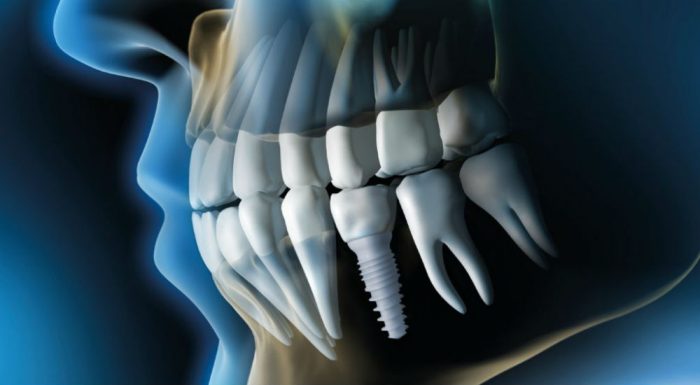
Major Advancements in Dental Implant Technology
Every year, around eight million people across the globe receive a dental implant. A dental implant is a metal post or pole that a dentist installs into the jawbone below the gum line to support a false tooth. Once the root is in place and the tooth secure, it takes on the form of a natural tooth with full function. You can brush, eat, and chew with it as if it were your own.
Dental implants are growing in popularity today, with more people opting for a tooth replacement rather than leaving a gap where a tooth once sat. Not taking care of tooth loss can result in speech changes, jaw changes, and even a loss of self-esteem.
In the United Kingdom in 2018, dentists performed more than 260,000 dental implant procedures – double the figure from 2013. If that’s anything to go by, it’s a procedure that will get more popular as the years go by.
With that in mind, there’s always room for improvement and advancement in the dental world – especially with procedures such as dental implants. That’s why Image Navigation announced the world’s first advanced image-guided implant system at the 2019 International Dentist Show in Messe Cologne, Germany.
The system, known as IGI for short, uses a cone-beam computed tomography (CBCT) scanner with innovative advancements. It has intra-surgical navigation, which can react and track in real-time while boasting sub-millimetre accuracy. This equipment can perform dental implant procedures as accurately – if not more so – as a human dentist.
The dental plan is superimposed onto a 3D CT scan that shows the patient’s bone, teeth, roots, sinuses, and nerve canals. All this information is in real-time with no lag and a complete picture of what the IGI is against. If the machine ever strays from the digital plan, it will stop and turn off as a safety measure.
Many dentists praise the system for what it brings to the dental industry. It takes all the benefits of freehand surgery but then applies far more accuracy than ever before. As it’s working, the surgeon monitors where the robot is moving as it happens and can make adjustments as they see fit.
The benefits of this new dental implant technology are unparalleled. Dentists can be more precise, and healing times may even be shorter. This IGI builds on the success of dental CT scanners, which have grown in popularity for nearly a decade. The US market has increased by over 300 per cent, and there are thought to be at least 40,000 dental CT scanners in the US by 2022.
